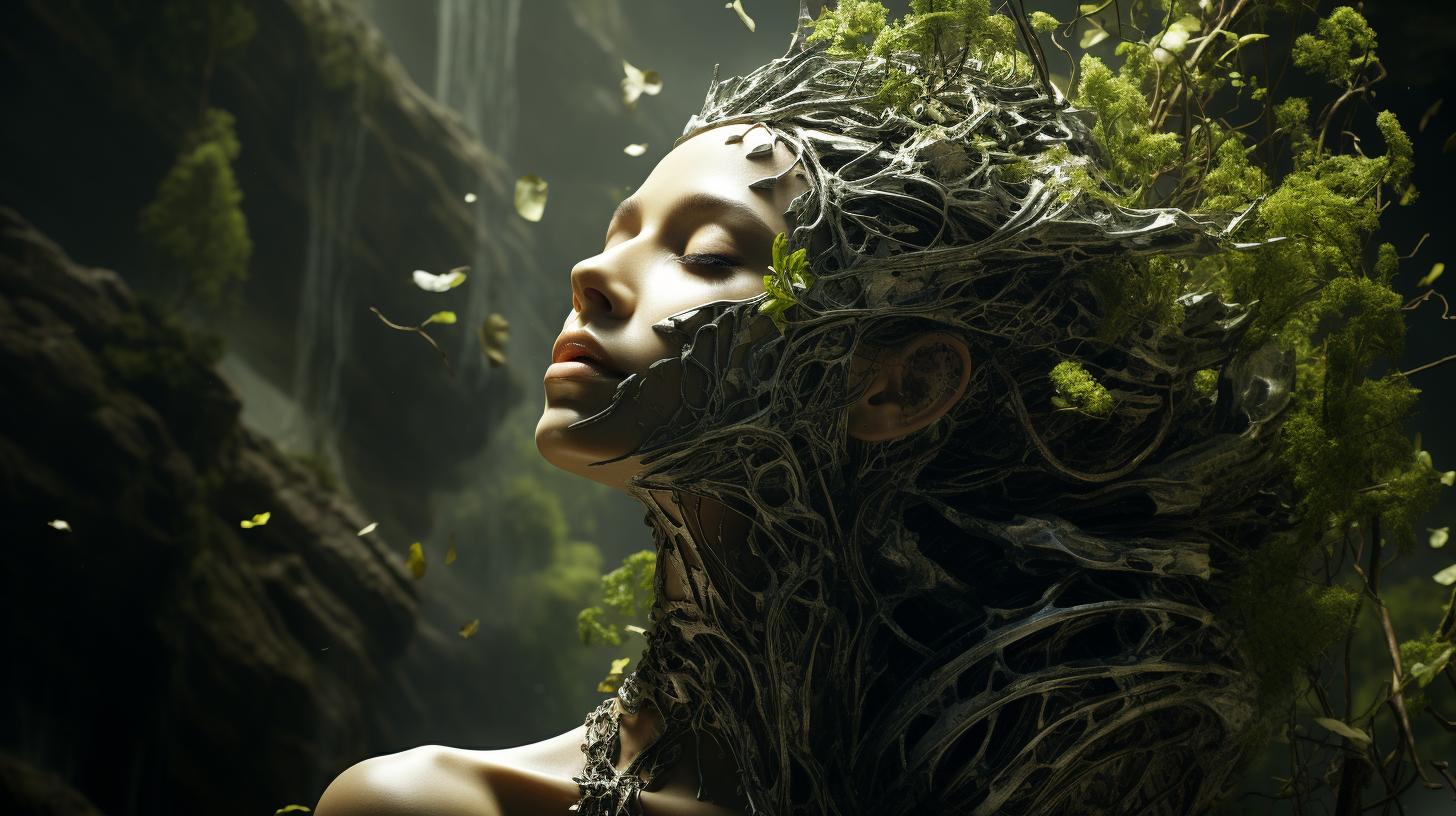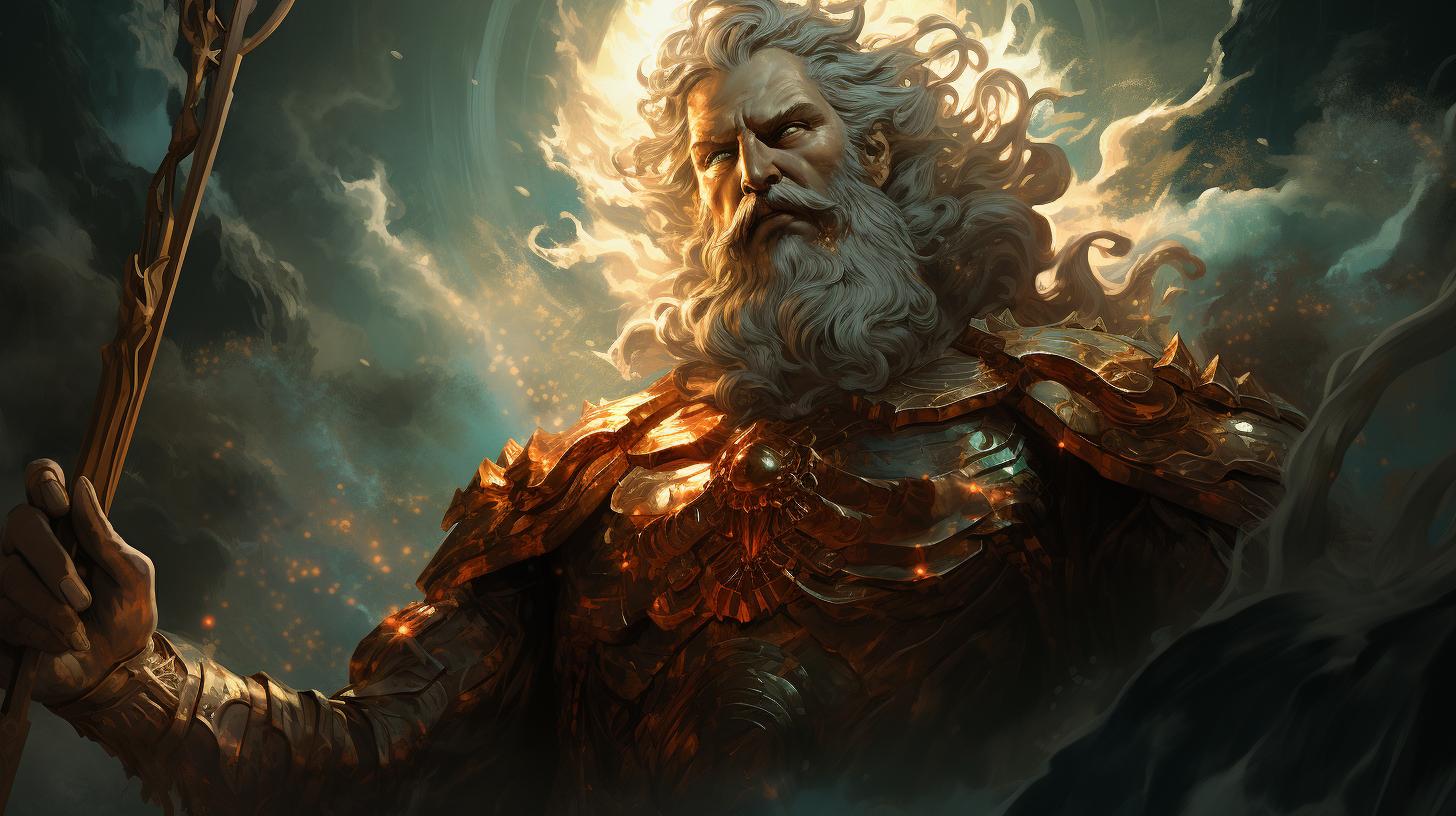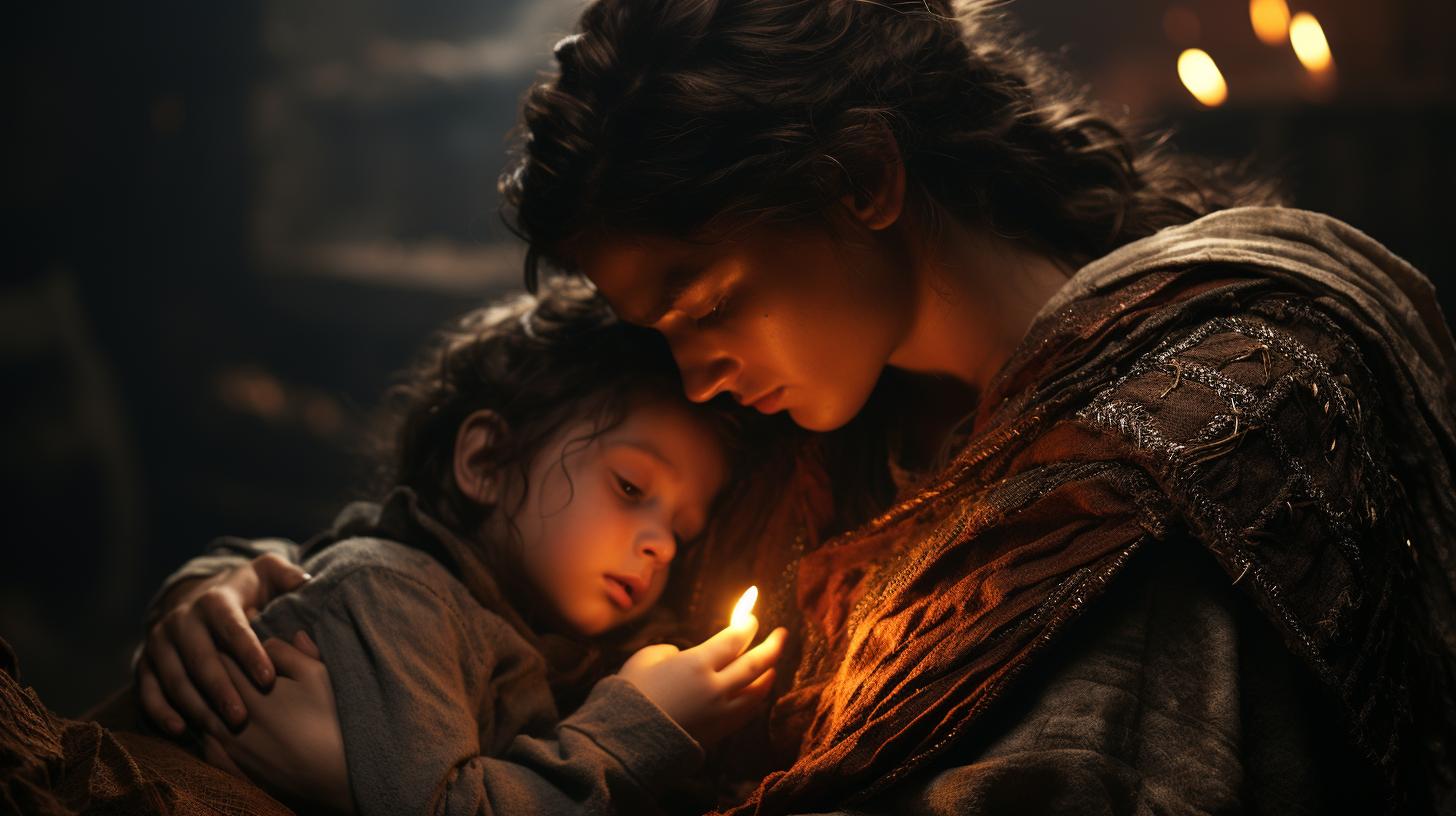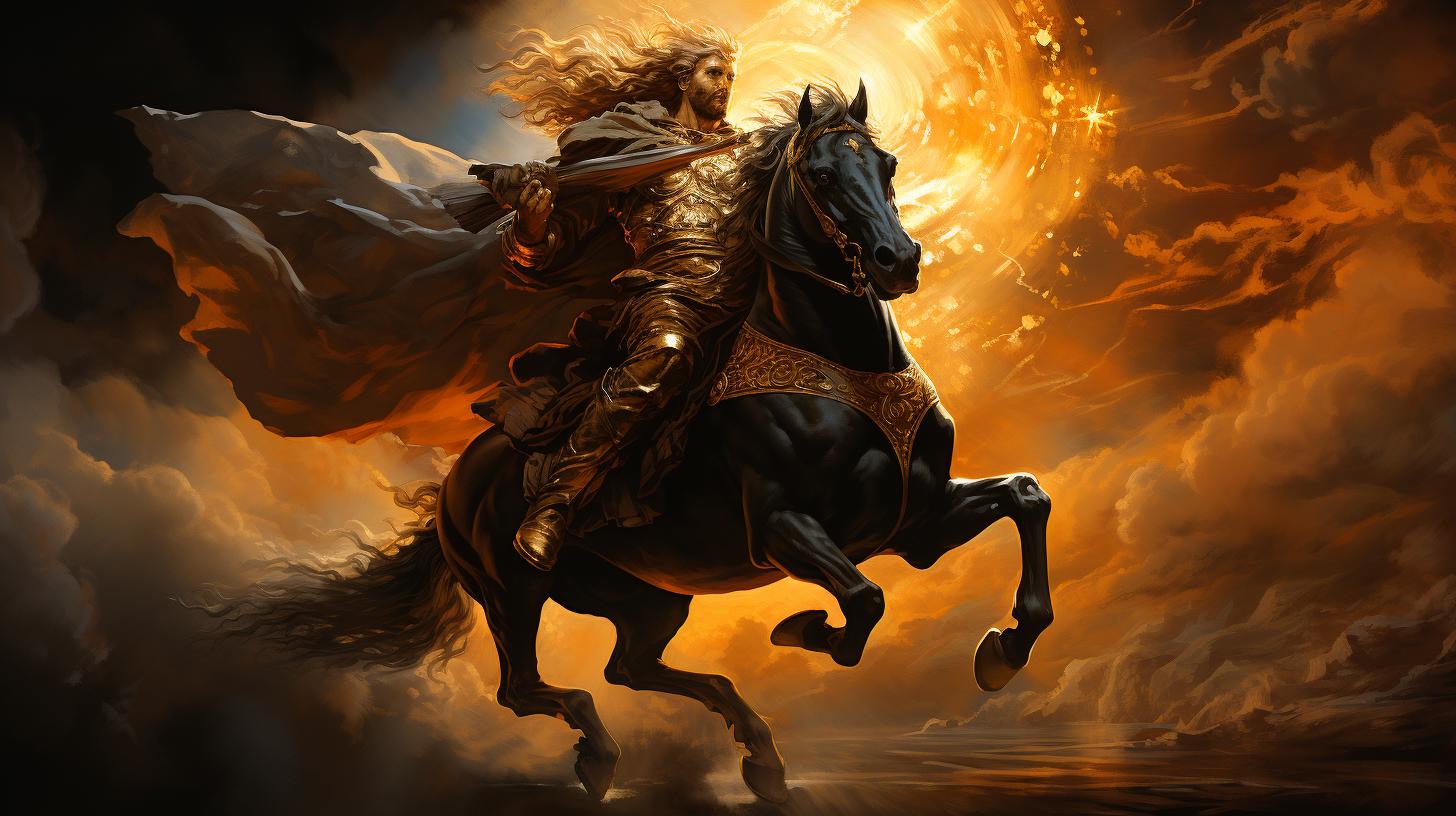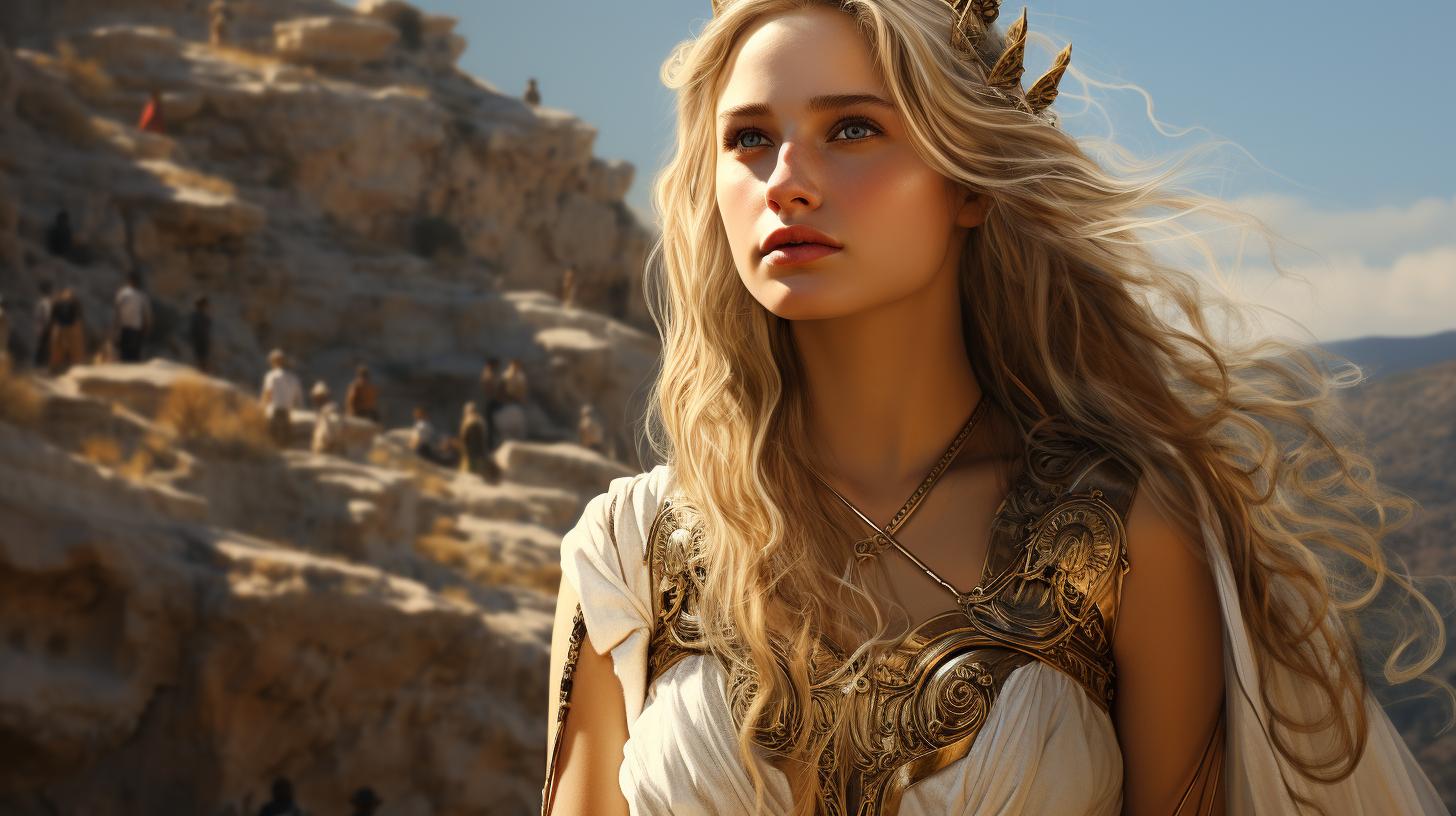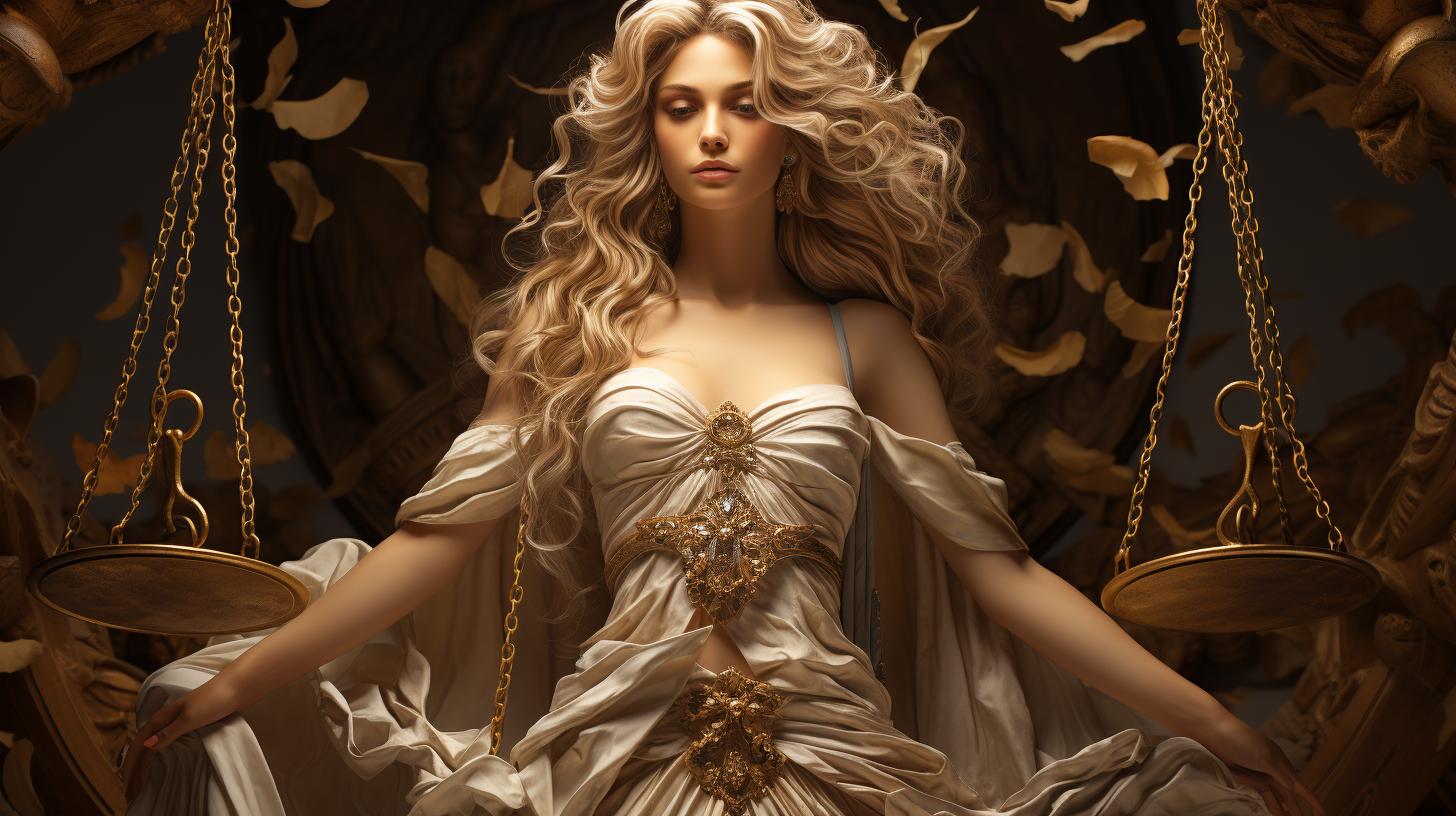Gaia: The Embodiment of Earth in Greek Mythology

Gaia, the Greek goddess of Earth, known also as Terra Mater, holds significant importance in Greek mythology. Recognized as the mother of life and often referred to as Mother Earth, she had a complex relationship with other mythological figures such as Uranus, Pontus, Tartarus, and Zeus. Gaia’s role as a protective and vengeful figure is evident through her battles against Titans and giants, showcasing her power and dedication to justice for her children.
This article explores Gaia’s mythology, her relevance to the Gaia hypothesis in science, her impact on the environment, and her intriguing tales within Greek mythology. Discussing modern implications and debates, Gaia’s influence on Earth’s sustainability is also examined, reflecting on how ancient beliefs can inform the modern understanding of the environment.
Gaia Greek Goddess of Earth: Exploring the Mythology
Origins of Gaia in Greek Mythology
The mythology surrounding Gaia, the Greek goddess of Earth, is rich in its origins. According to ancient Greek beliefs, Gaia emerged as one of the primordial deities, born from Chaos. She is often depicted as the personification of the Earth itself, embodying its fertility, abundance, and life-giving force, a true goddess of earth for the Greeks.
Gaia’s presence in Greek mythology predates even the Olympian gods. As the earth goddess for the Greeks, she is known as the mother of countless mythological figures, including the Titans, Cyclopes, and Hecatonchires.
These powerful beings, born from her union with Uranus and Pontus, and Tartarus, played significant roles in shaping the world and the balance of power within it.
Gaia’s Relationship with Other Mythological Figures
In Greek mythology, Gaia’s relationships with other mythological figures are complex and influential.
Her union with Uranus, the sky god, gave birth to the Titans, who would go on to play major roles in Greek mythology. Gaia’s relationship with Pontus, the sea god, resulted in the birth of various sea deities and monsters.
Gaia’s relationship with Tartarus, the abyss of the underworld, brought forth many fearsome creatures, including the monstrous Typhon. Throughout the mythology, Gaia’s offspring often played pivotal roles, either as powerful allies or formidable adversaries in the ongoing conflicts among the gods, highlighting her influence over the balance of power and the natural world.
Gaia’s Role as Mother and Protector
As the mother of all life and the Greek goddess of nature, Gaia assumes a vital role as the protector of her children. She fiercely fought against mighty adversaries such as Uranus, Cronos, and even Zeus, seeking justice and protection for her offspring.
Gaia’s involvement in the Titanomachy, the battle between the Titans and the Olympian gods, showcased her unwavering commitment to her children’s well-being. She stood alongside her Titan descendants, challenging Zeus and his new order.
Yet, despite her tenacity, Zeus ultimately established his authority as the ruler of the gods, and Gaia recognized his dominion. Nevertheless, Gaia’s legacy as a powerful and maternal figure leaves an indelible mark on Greek mythology and reinforces the significance of the mother’s role in the ancient Greek belief system.
The Gaia Hypothesis: Understanding Gaia as a Scientific Concept
Introduction to the Gaia Hypothesis
The Gaia Hypothesis proposes that Earth functions as a self-regulating system, akin to a living organism, maintaining the conditions necessary for life to thrive. Developed by James Lovelock in the 1970s, this hypothesis revolutionized our understanding of the planet.
It suggests that Earth’s atmosphere, geology, oceans, and life forms work together to create a balanced and supportive environment, embodying the powerful legacy of Gaia as both a mythological figure and a vital concept in understanding our planet’s resilience and sustainability.
Gaia and James Lovelock’s Theory
James Lovelock, an American scientist, formulated the Gaia Hypothesis, inspired by his work studying atmospheric composition. Lovelock proposed that Earth acts as a single, self-regulating entity, with feedback mechanisms ensuring stability and sustainability.
This theory sparked both fascination and controversy, challenging traditional views of Earth as an inert, passive planet.
Gaia and Lynn Margulis’ Contribution
Lynn Margulis, an American biologist, collaborated with Lovelock on the Gaia Hypothesis, incorporating her research on symbiotic relationships between organisms. Margulis emphasized the interconnectedness of life on Earth, highlighting how the diverse interactions between species contribute to the overall balance of the planet.
In essence, the Gaia Hypothesis suggests that Earth is not merely a collection of separate components but a complex system where organisms and their environment are intertwined in a delicate web of interdependencies.
This perspective has had a profound impact on the fields of biology, ecology, and environmental science.
Understanding the Gaia Hypothesis enables us to appreciate the intricate relationships between Earth’s systems and the role every living organism plays in maintaining planetary equilibrium.
Let’s explore further how Gaia’s principles reveal the interconnectedness and interdependence of life on our planet.
Gaia and the Environment: The Interconnectedness of Life on Earth
Gaia’s influence extends to environmental conditions, ecosystem stability, and the impact on organisms and nature itself.
Gaia’s Influence on Environmental Conditions
Gaia’s presence is felt in the very fabric of Earth’s environmental conditions. Her embodiment of the Earth itself signifies her role as a powerful goddess in shaping and maintaining the delicate balance necessary for life to thrive.
From the air we breathe to the water we drink, Gaia’s touch can be seen in every element of our natural environment, demonstrating her role as the ancient Greek god of the environment.
The Gaia Theory and Ecosystem Stability
The Gaia theory, pioneered by James Lovelock, proposes that Earth is a self-regulating system, akin to a living organism. Gaia’s influence plays a vital role in maintaining ecosystem stability. Through intricate feedback mechanisms, the Earth adjusts to changes, striving to restore equilibrium and preserve the harmony necessary for all living beings.
Gaia’s Impact on Organisms and Nature
Gaia’s impact goes beyond environmental conditions and extends to the organisms and nature that inhabit our planet. She ensures the survival and prosperity of diverse species, encouraging biodiversity and symbiotic relationships.
Her hand can be traced in the intricate web of life, where every organism, no matter how small, contributes to the overall health and resilience of Earth’s ecosystems.
Understanding the interconnectedness of Gaia’s influence on environmental conditions, ecosystem stability, and the impact on organisms and nature allows us to appreciate the intricate tapestry of life on Earth.
It invites us to cherish and protect our environment, recognizing that our actions ripple through the interconnected web of existence.
Gaia in Greek Mythology: Tales and Stories
Explore the intriguing tales and stories featuring Gaia, the Greek goddess of Earth, as she plays a pivotal role in the mythological narratives of ancient Greece. Descended from Chaos, Gaia was the mother goddess who personified the Earth and was said to have emerged from the cosmic void.
She was the mother of many key figures in Greek mythology, including the Titans, the Giants, and the sea gods. Her legacy is a testament to the interconnectedness of life and the Earth, reminding us of the intricate relationships that sustain and nurture the world.
Gaia’s Involvement in Titanomachy and Gigantomachy
One of the significant conflicts in Greek mythology is the Titanomachy, a war between the Titans and the Olympian gods. Gaia, being the mother of Titans, had a crucial role in this epic battle.
She sided with the Titans, fighting against Zeus and the other Olympians in the pursuit of justice for her offspring. Gaia’s immense power and determination were evident as she joined forces with her Titan children to challenge the authority of Zeus and the newly established Olympian pantheon.
In addition to the Titanomachy, Gaia also played a part in the Gigantomachy, another formidable battle between the Olympian gods and the Giants. Once again, Gaia stood against Zeus and his divine counterparts, supporting the Giants in their quest to overthrow the Olympian rule.
This vividly showcases Gaia’s unwavering loyalty to her children and her relentless pursuit of justice in the face of unparalleled challenges.
Gaia’s Clash with Zeus and the Titans
Gaia’s battles extended beyond the Titanomachy and the Gigantomachy. She engaged in a direct conflict with Zeus and the Titans themselves, defying their authority and seeking to maintain her own power and control.
Gaia’s deep-rooted defiance and determination were evident in her relentless efforts to challenge Zeus’ rule, even going as far as supporting her Titan offspring in their rebellion against the Olympians.
In her clash with Zeus and the Titans, Gaia displayed her immense strength and cunning. She strategically aligned herself with the Titans, leveraging her influence and alliances to topple the ruling order.
Gaia’s actions exemplify her fierce commitment to protecting her children and ensuring their rightful place in the divine hierarchy.
Gaia’s Reconciliation with Zeus and Her Role Going Forward
Despite her unwavering defiance, Gaia eventually recognized Zeus’ undeniable authority and his position as the supreme ruler of the gods. This marked a pivotal moment in Gaia’s narrative as she reconciled with Zeus, acknowledging his power and accepting her place within the divine order.
With the reconciliation, Gaia assumed a different role in the Greek pantheon, shifting from a formidable opponent to a respected figure within the divine hierarchy. While her vengeful and rebellious nature may have subsided, Gaia’s influence and importance as the Greek goddess of Earth remained significant.
She continued to serve as a symbol of the Earth’s nurturing and protective qualities, ensuring the harmony and balance of the natural world.
Gaia and the Future: Implications for Earth’s Sustainability
As we look ahead to the future, Gaia, the Greek goddess of Earth, holds profound relevance in modern environmental discussions.
Her mythological symbolism and the Gaia hypothesis provide valuable insights into the interconnectedness of life on our planet. Let’s explore the implications that Gaia brings for Earth’s sustainability.
Gaia’s Relevance in Modern Environmental Discussions
Gaia’s story and her embodiment of the Earth itself serve as a reminder of the importance of protecting our environment.
With growing concerns of climate change, deforestation, and species extinction, Gaia’s relevance in modern environmental discussions cannot be understated. She represents the delicate balance and harmony that must be maintained to ensure a sustainable future.
Applying Gaia Principles for a Sustainable Future
Applying Gaia principles involves recognizing the interconnectedness of all living and non-living entities on Earth. By adopting sustainable practices such as conservation, renewable energy, and responsible resource management, we can work towards restoring and maintaining Gaia’s balance.
It is by valuing and protecting the Earth that we can create a sustainable future for generations to come.
Criticisms and Debates Surrounding the Gaia Hypothesis
- Some skeptics argue that the Gaia hypothesis anthropomorphizes the Earth, assigning human-like characteristics and intentions to the natural world. They claim that it lacks scientific rigor and veers into speculative territory.
- Others question the extent of Gaia’s influence on Earth’s systems, suggesting that the idea of Earth as a self-regulating organism is overly simplistic.
- However, proponents of the Gaia hypothesis argue that it provides a valuable framework for understanding the complex interactions and feedback loops that sustain life on our planet.
They see Gaia as a metaphorical representation of Earth’s interconnectivity.
In conclusion, Gaia’s influence permeates discussions on Earth’s sustainability. By recognizing the relevance of Gaia in modern environmental conversations, applying her principles, and engaging in constructive debates, we can foster a greater understanding of our shared responsibility to protect and nurture our planet.
.

